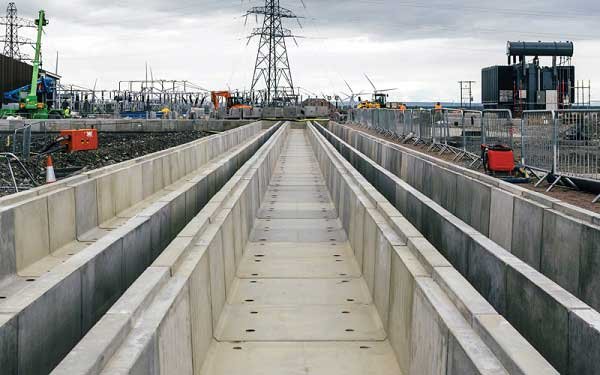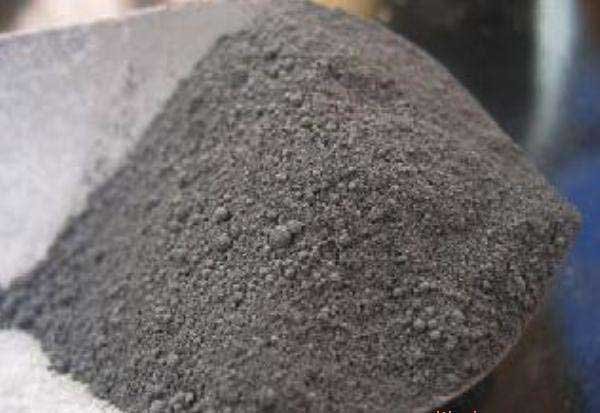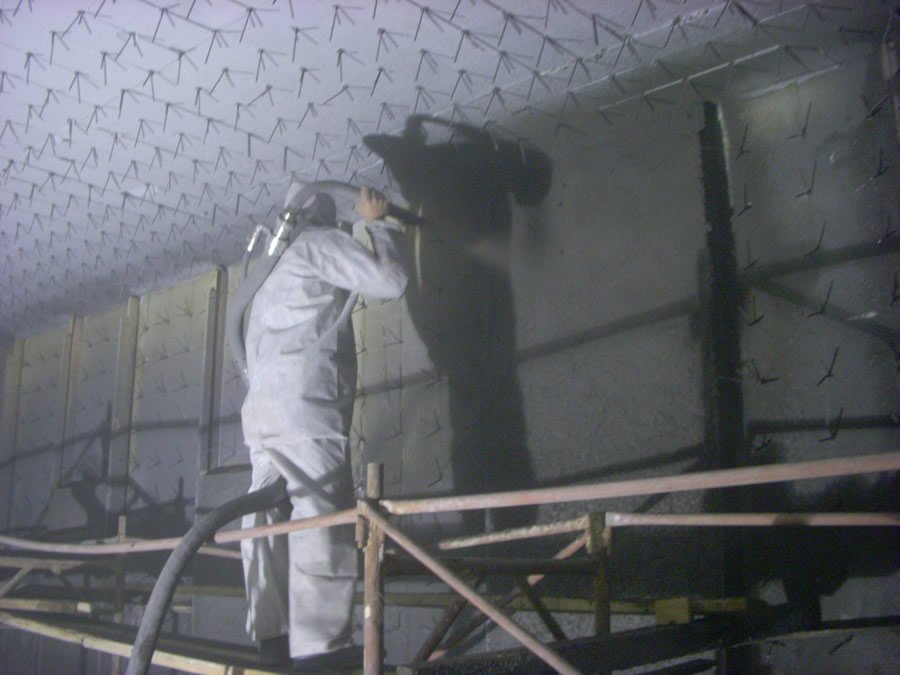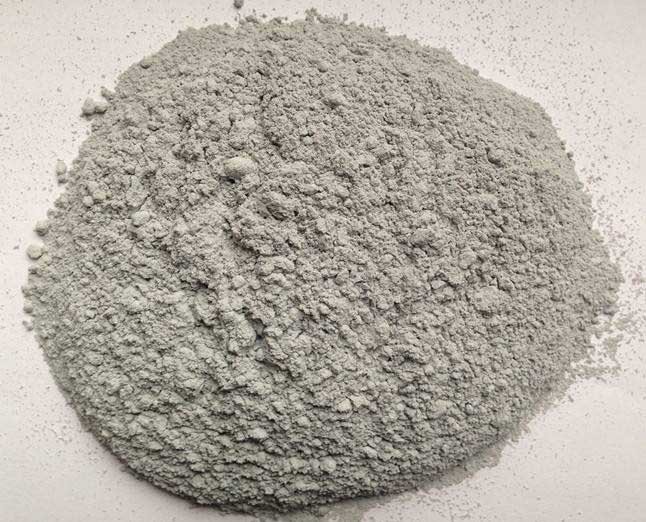Filling effect
In the concrete mixing compound, in order to obtain liquidity requirements for the construction, often need to add some water (more than cement hydration water required to add water), these not only make the cement slurry is thinning, cementation weakened, and the excess residual moisture or water blisters formed in concrete, with concrete harden after evaporation leaving pores.
The actual force area of concrete is reduced, and the stress concentration around the pore is easy to be produced when the concrete is subjected to force. In the concrete, the internal bleeding stop by the aggregate particles and aggregate to form porous interface in the aggregate below.
The interface filtration zone between cement paste and aggregate is porous, and has many orientated large Ca (OH) 2 crystals. The large Ca (OH) 2 crystals parallel to aggregate surface are easy to crack, weaker than calcium silicate hydrate (C-S-H), and become the weak strength area of concrete.
The strength of HPC (high strength concrete) with a certain amount of silica fume is obviously improved compared with the ordinary concrete (without silica fume). Some scholars have calculated: 15% of silica fume instead of cement, the proportion of cement particles and silica fume particles is 1: 2000000, that is, two million silica fume to cement particle, so silica fume has a great impact on the strength of HPC.
In HPC, the silica fume with less than 100 times of cement particles, filling in cement paste pore, void filling cement particles, the effect as the cement particles filled in the gap between the aggregate and fine aggregate coarse aggregate void filling in between, from the micro scale to increase the density of HPC, increased HPC this is the strength of the filling effect of silica fume.
In HPC, the amount of silica fume filled in the cement slurry greatly reduces the number of pores in the cement slurry, and the uniformity is improved, while the total void ratio remains the same. The cement paste and aggregate interfacial transition zone of wollastonite, reduces the HPC of the bleeding, prevent water accumulation in the aggregate below, the microstructure of the interfacial transition zone of aggregate and cement paste is similar, so as to improve the interface of filter area density and reduce the thickness of interfacial transition zone.
Small silica fume particles become “crystal species” of Ca (OH) 2. The size of Ca (OH) 2 crystals is smaller and the orientation is more random.
Therefore, the incorporation of silica fume improves the bond strength of cement paste and aggregate in HPC, eliminates the “weak connection” problem of different composite components in concrete, and makes HPC have the properties of composite materials. The particles of bone particles play an enhanced role in HPC, not just an inert filler. The influence of silica fume on the strength of cement paste (no aggregate) is not great, but it can make the strength of concrete with the same water binder ratio higher than that of its matrix (paste).
Volcanic ash effect
In the hydration of Portland cement, hydration of cement hydration calcium silicate gel formation (C-S-H), calcium hydroxide (Ca (OH) 2) and Ettringite hydration products. Ca (OH) 2 has a negative impact on the strength. The highly dispersed SiO2 components in silica fume can react with Ca (OH) 2 to produce C-S-H gels, that is, the so-called volcanic ash effect.
Ca(OH)2+SiO2+H2O→C-S-H
Explain the volcano ash effect of silica fume fume: mixing water after the first contact to form silicon rich gel, and absorb moisture; gel between unhydrated cement particles and cement particles wrapped gradually; Ca (OH) 2 and the silica rich gel surface reaction to produce C-S-H gel, silica fume and those from Ca (OH) C-S-H C-S-H 2 multi pore gel generated in the cement hydration, greatly improving the compactness of structure.
That is to say, the pozzolanic effect of silica fume can transform Ca (OH) 2 that unfavorable to strength into C-S-H gel, and fill it between cement hydration products, effectively promoting the HPC strength growth. At the same time, the reaction of silica fume to Ca (OH) 2 and Ca (OH) 2 are constantly consumed, which will speed up the hydration rate of cement and increase the early strength of HPC.
Chemical effect of pore solution
In the cement – silica fume hydration system, the ratio of silica fume to cement increases, the Ca/Si ratio of the hydration products reduce.
The Ca/Si ratio is low, and the corresponding C-S-H gel will combine with many other ions, such as aluminum and alkali metal ions.
In this way, the concentration of alkali metal ions in the pore solution will be greatly reduced. This is called the chemical effect of the pore solution.
The pH value of the pore solution is reduced by increasing the ratio of silica fume to cement.
This is due to the consumption of alkali metal ions and Ca (OH) 2 in reaction with silica fume.
For HPC containing alkali activated aggregate, silica fume plays a very important role in reducing the concentration of pore alkali metal ions (Ka+ and Na+), because it can effectively weaken or even eliminate the harm of alkali silica reaction (ASR).
Silica fume can also improve the resistivity of HPC and greatly reduce the permeation rate of Cl, prevent corrosion of reinforcement, improve the strength and durability of HPC.




